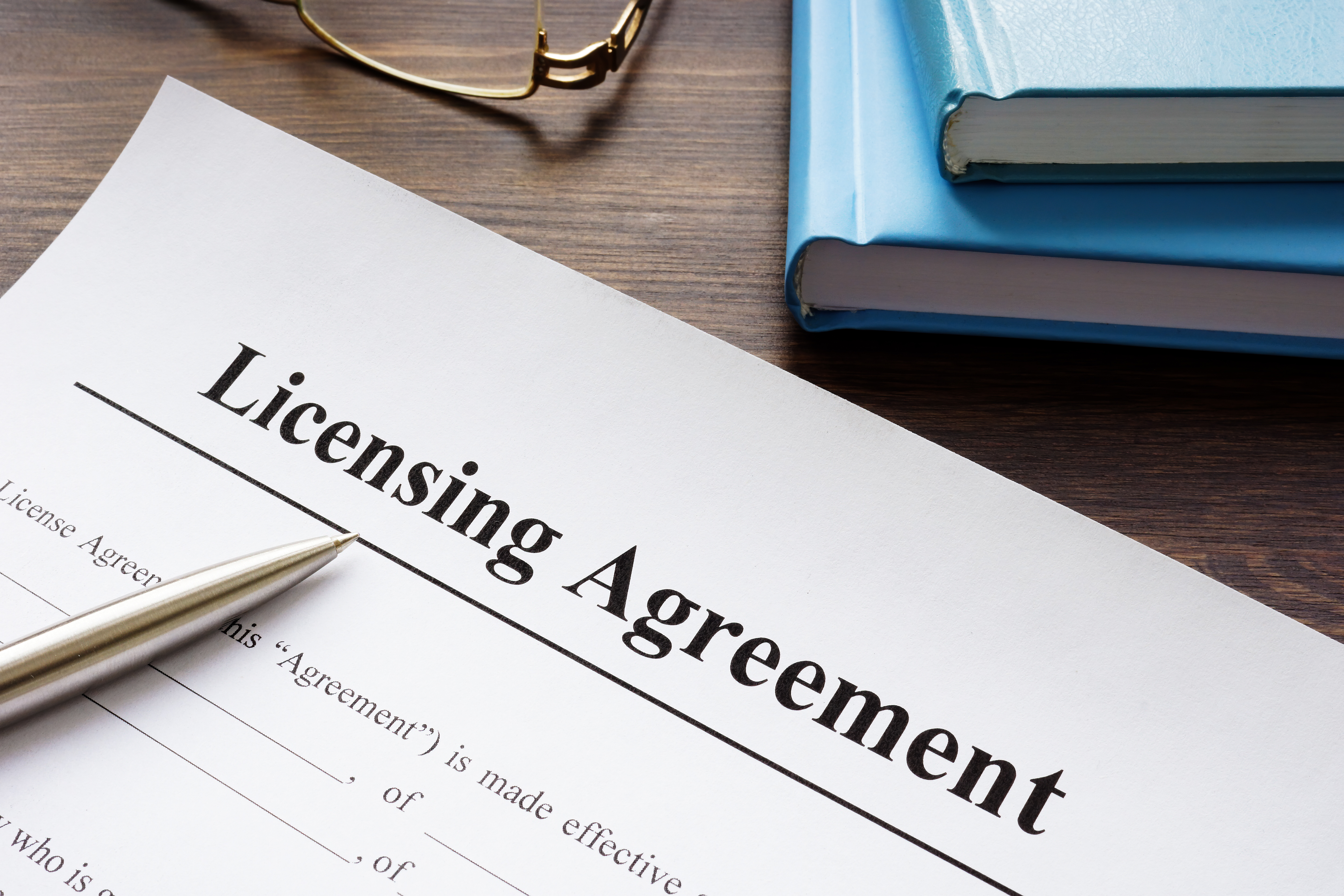Due to the nature of the drug development process and the cost of research up until this point, it is rare that an IND is submitted and then canceled by the FDA. Most times, the FDA suggests improvements to the clinical trial process being proposed and allows the release of the IND.
Clinical Trials
Phase I Clinical Trials
During phase I of clinical trials, the new drug is tested on 100 or less healthy patients to determine the relative safety of the medication.
This phase also includes carcinogenicity testing on mouse animal models, specifically the Tg rasH2™ mouse, which is used to predict the carcinogenic potential of chemicals. This mouse model carries the human c-Ha-ras oncogene in addition the endogenous mouse Ha-ras oncogene. The presence of the human copy of this gene makes the model highly susceptible to developing tumor after exposure to compounds that cause cancer in humans. This model had reduced the time associated with carcinogenicity testing from two years down to six months.
Phase II Clinical Trials
During phase II, the amount of patients increases to a group of 100-500 and the drug's effectiveness is studied. These patients have the disease that the new drug is attempting to treat. Adverse events, side effects, and efficacy are all tested in this phase.
Other questions that are asked are the optimal dosage, frequency of intake, and the effect it has on the condition in question.
Phase III Clinical Trials
In Phase III trials, researchers study the drug a group of about 1,000-5,000 patients in order to generate statistically significant data. Only 12% of drugs make it through this stage, as it is key to determining the overall safety and efficacy of the new medication. If a drug is able to pass through this stage, data obtained from the larger group of patients provides the basis for the future labeling of the prescription.
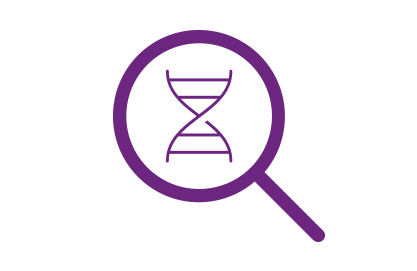 Key Takeaways
Key Takeaways

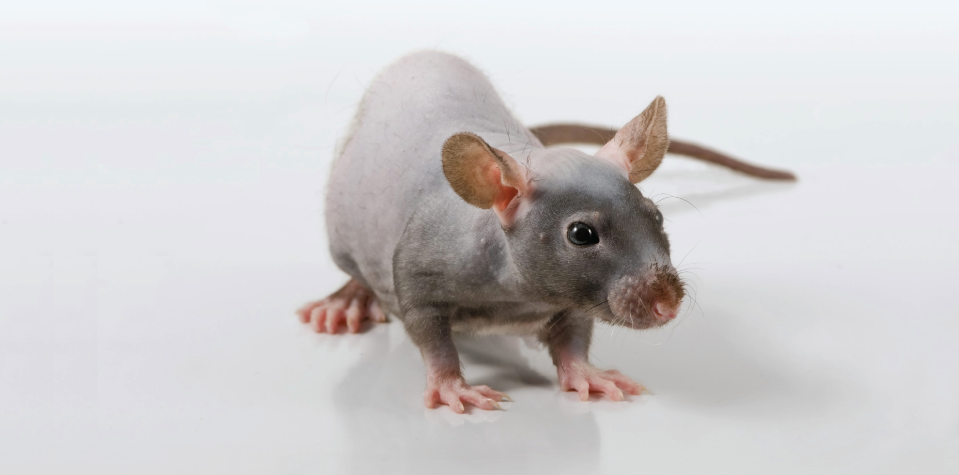

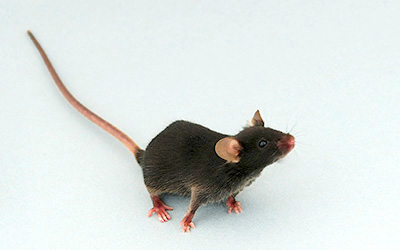
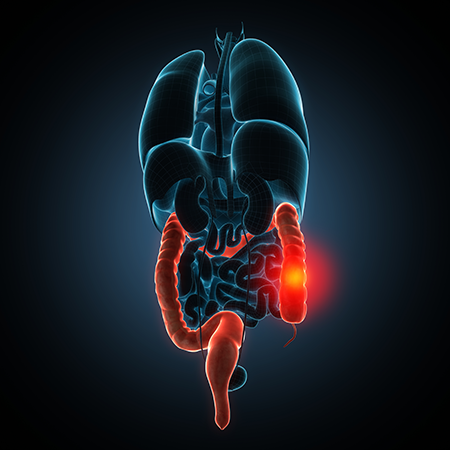




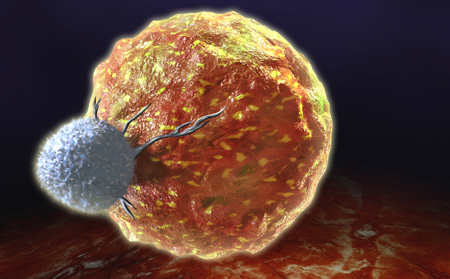


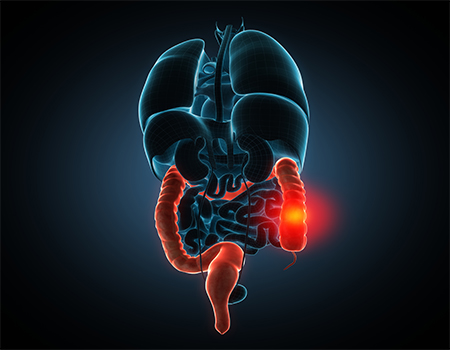
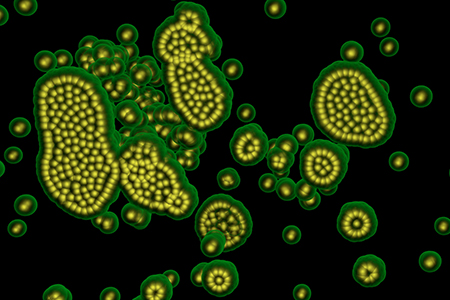

.jpg)

.jpg)
.jpg)
.jpg)
.jpg)



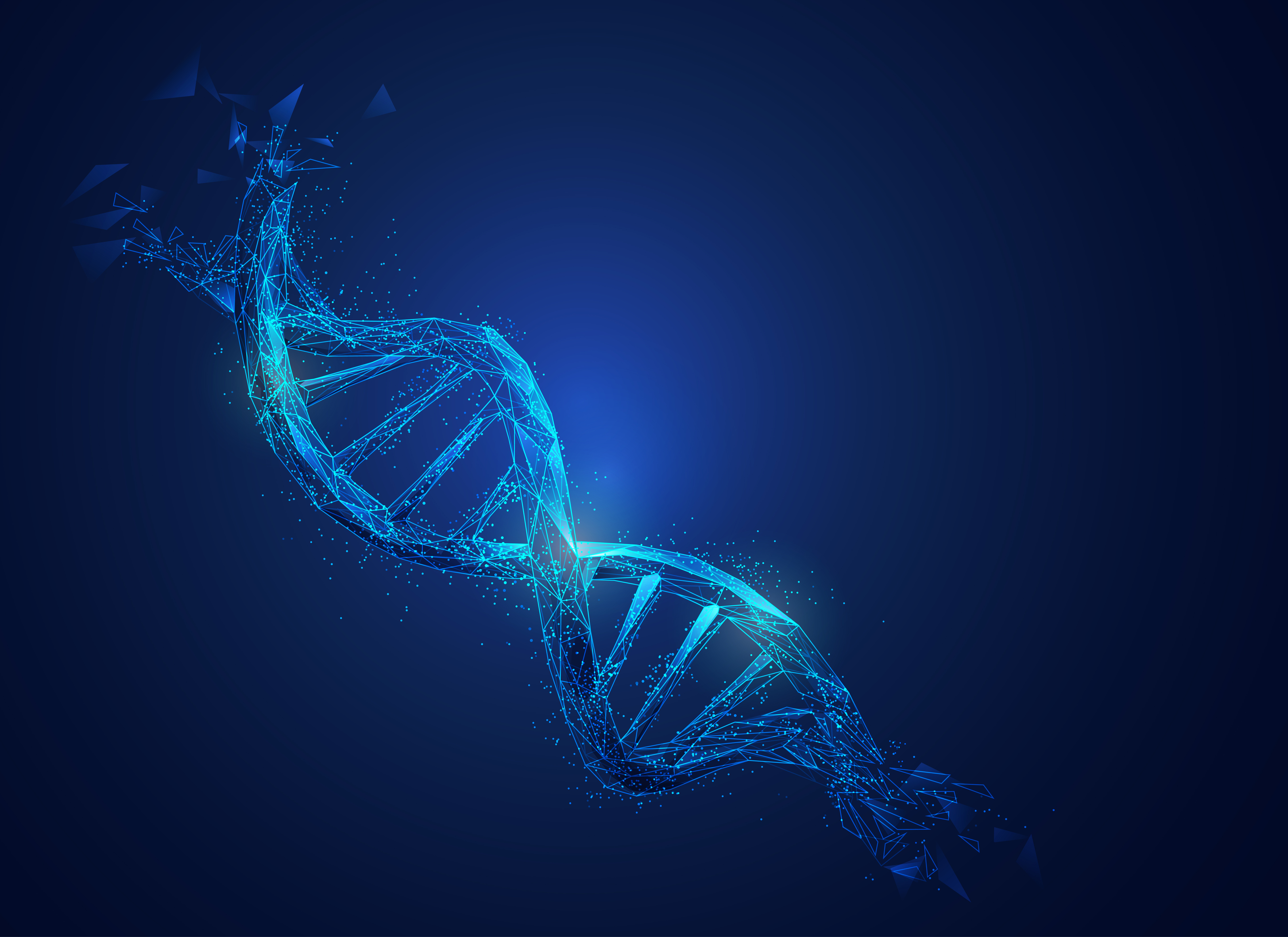
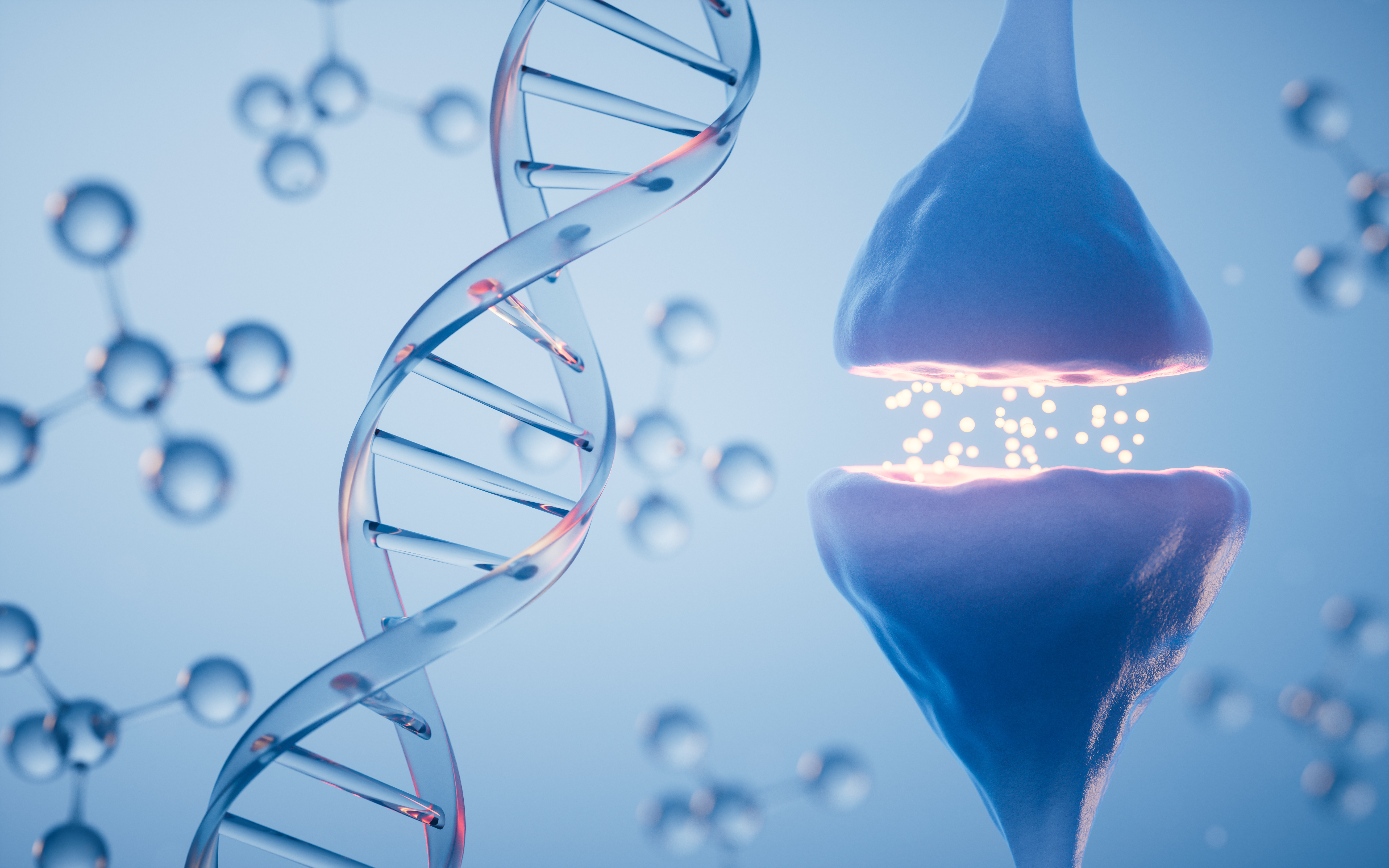
.jpg)


.jpg)
.jpg)




.jpg)




.jpg)

.jpg)


